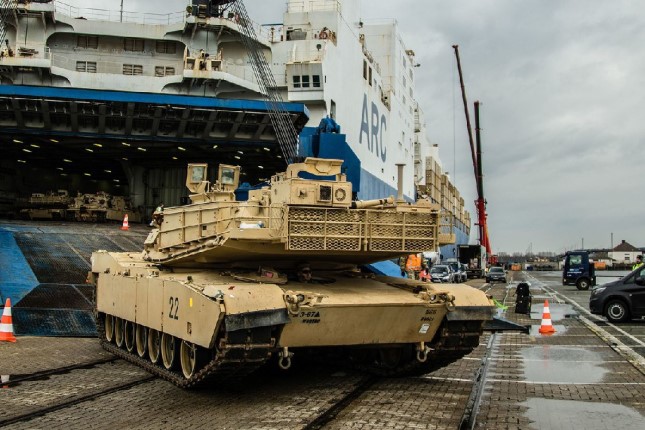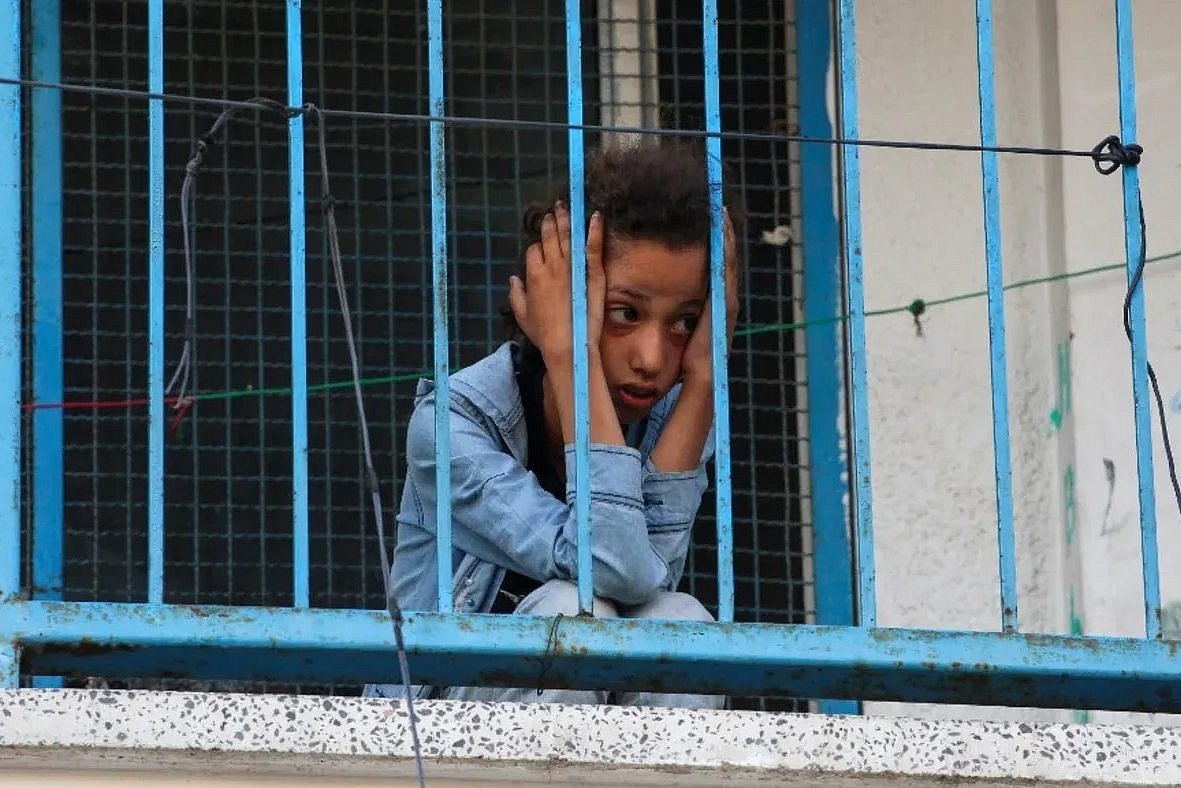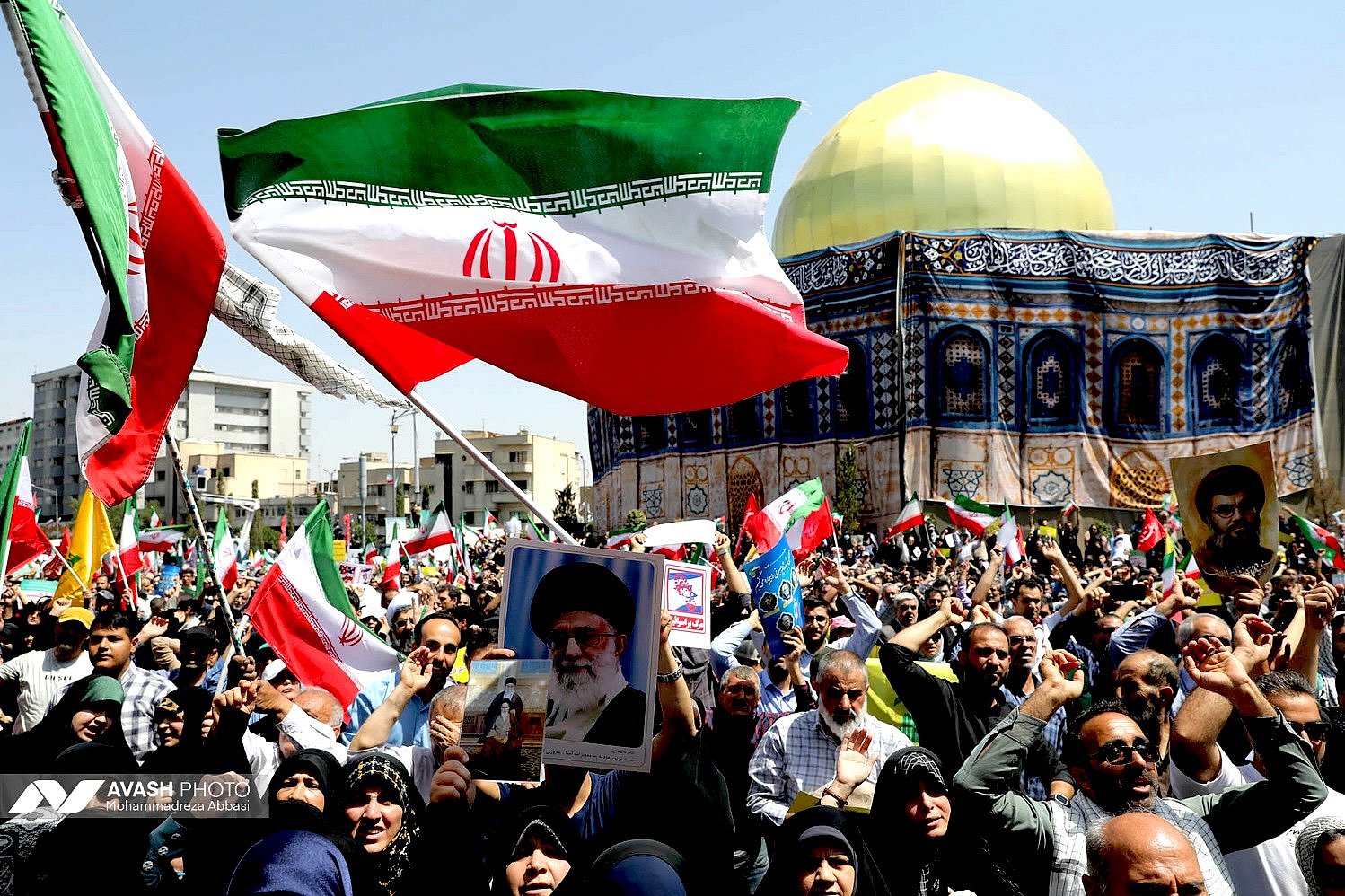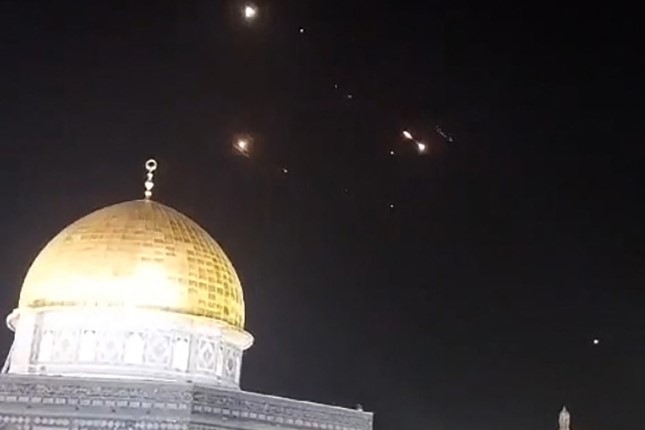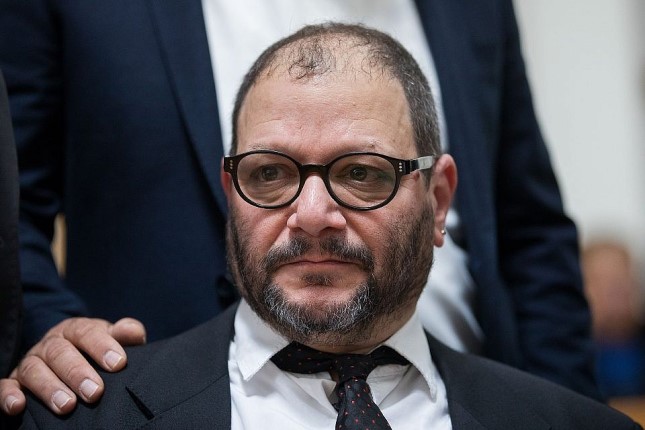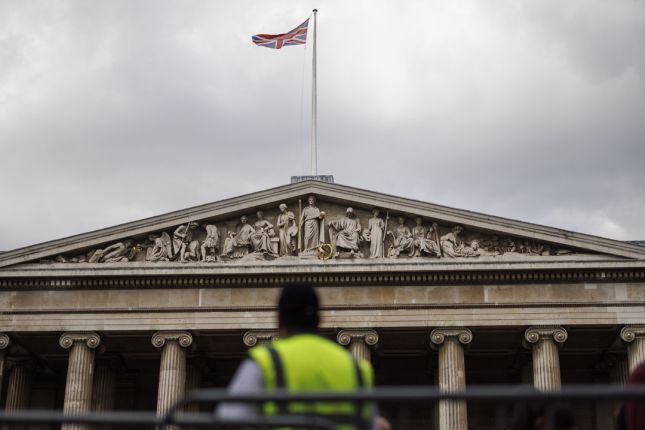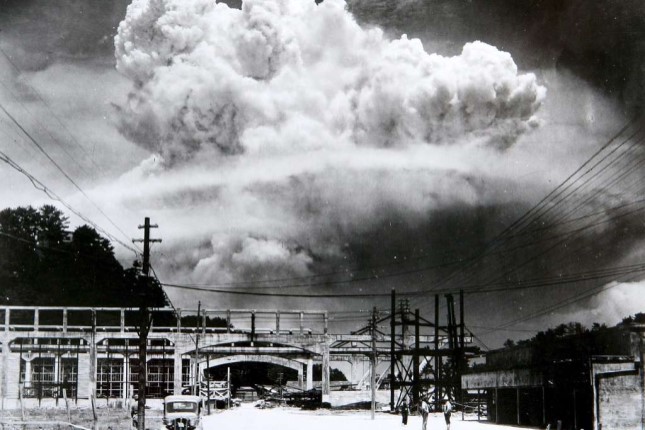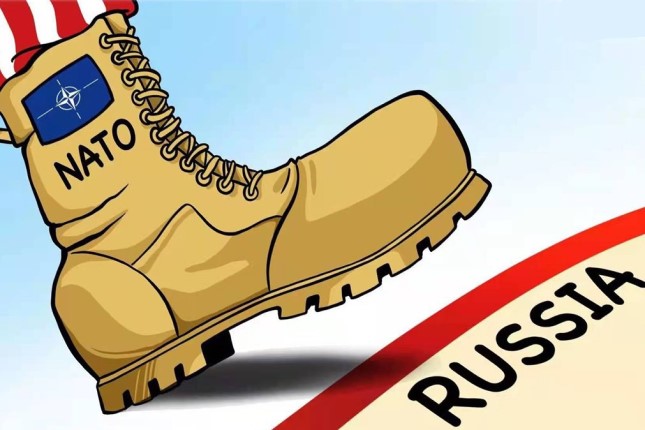In what Ukrainian Defense Minister Dmytro Kuleba said was the “first wave” of tank deliveries, with more to come.
“The tank coalition now has 12 members,” Kuleba said Tuesday in an online briefing. “I can note that in the first wave of contributions, the Ukrainian armed forces will receive between 120 and 140 Western-model tanks.”
The announcements make Ukraine, at least on paper, one of the most powerful militaries in the world, on par with the tank capability of some of the major NATO powers. The UK maintains 158 Challenger 2 main battle tanks on active duty, while France operates 222 Leclerc main battle tanks.
Last year, Ukrainian officials called on NATO members to provide it with 300 main battle tanks. At the time, this was seen as an enormous number even among defenders of the war. But with weapons surging into the country, it is likely to be the lower bound.
The figure of 140 tanks does not take into account the hundreds of tracked armored personnel carriers already in or heading to the country.
Last week, the Pentagon announced that 60 Bradley fighting vehicles had shipped from South Carolina, and that the vehicles are arriving in Europe this week.
But even the massive quantities of weapons streaming into Ukraine are only a down payment.
Reuters reported that the White House will announce a further $2 billion worth of weapons shipments to Ukraine, including a long-range missile capable of striking over 100 miles.
The weapons system, known as the ground-launched Small Diameter Bomb, is a rocket-launched maneuverable glide bomb with double the range of the HIMARS missiles Washington has already provided.
The deployment would mark a repudiation of Biden’s pledge in May that “We are not encouraging or enabling Ukraine to strike beyond its borders,” and his declaration that “We’re not going to send to Ukraine rocket systems that strike into Russia.”
In an interview with NPR on Tuesday, Ukrainian Defense Minister Oleksii Reznikov called for the US to send fighter jets to Ukraine.
“I’m sure that’s absolutely realistic,” he said. Reznikov discounted reported concerns among the NATO members over the escalatory character of such an action, declaring, “What is impossible today is absolutely possible tomorrow.”
Poland, Latvia and Lithuania have already publicly stated their agreement with this demand.
“Ukraine needs fighter jets ... missiles, tanks. We need to act,” Estonian Foreign Minister Urmas Reinsalu said Tuesday at a joint press conference in Riga with Latvian and Polish officials.
“Because fighter jets and long-range missiles are essential military aid, and at this crucial stage in the war, where the turning point is about to happen, it is vital that we act without delay,” Lithuanian President Gitanas Nausėda said in an interview with Lithuanian National Television.
He concluded, “Those red lines must be crossed.”
Asked about sending fighter aircraft to Ukraine at a news conference on Monday, French President Emmanuel Macron declared, “Nothing is excluded.”
On Tuesday, the US accused Russia of being out of compliance with the New START treaty, the last remaining nuclear arms control treaty between the US and Russia.
The treaty limits the total number of warheads that the US and Russia may deploy. The complaint sets into motion a series of steps that could lead to the breakdown of the treaty, further inflaming nuclear tensions escalated by the war.
In 2019, the Trump administration withdrew from the Intermediate-range Nuclear Forces Treaty, allowing the US to ring Russia and China with short-range nuclear weapons.
In the month since Ukrainian President Volodymyr Zelensky addressed a joint session of Congress, US-NATO involvement in the war has escalated enormously, first with the dispatch of the Patriot missile system, followed by the Bradley and Stryker fighting vehicles, and finally the Leopard and Abrams main battle tanks.
NATO war planners are seeking to continue this, with imminent plans to send Ukraine long-range missiles and active discussions about the dispatch of fighter jets to Ukraine.
Each of these new weapons systems—bringing with them enormous logistical, maintenance and training requirements—will even further entangle the US and NATO in the war and create the conditions for demands for further escalation, including the creation of no-fly zones and the direct deployment of US and NATO troops.
Source: World Socialist Web Site.
